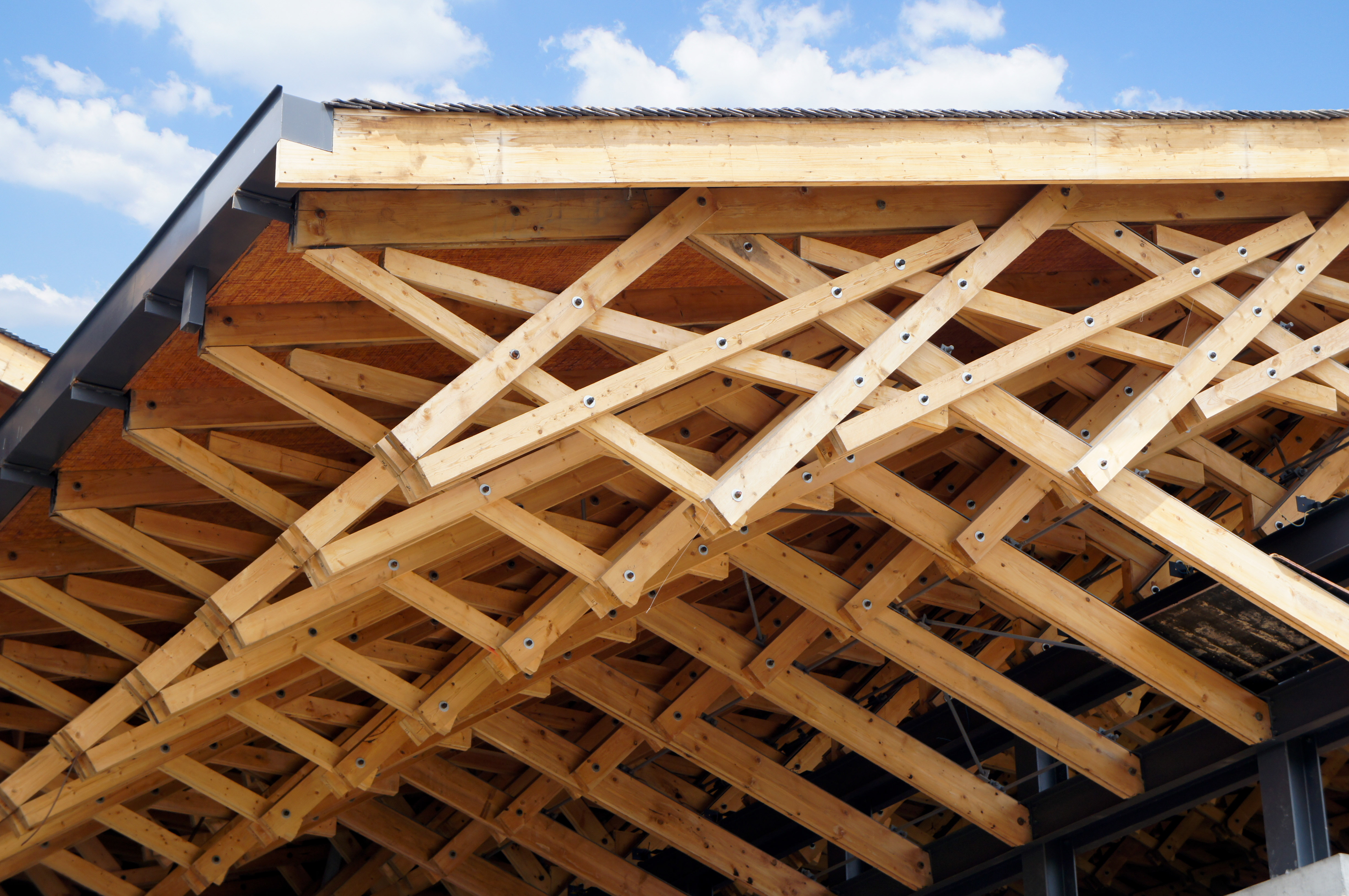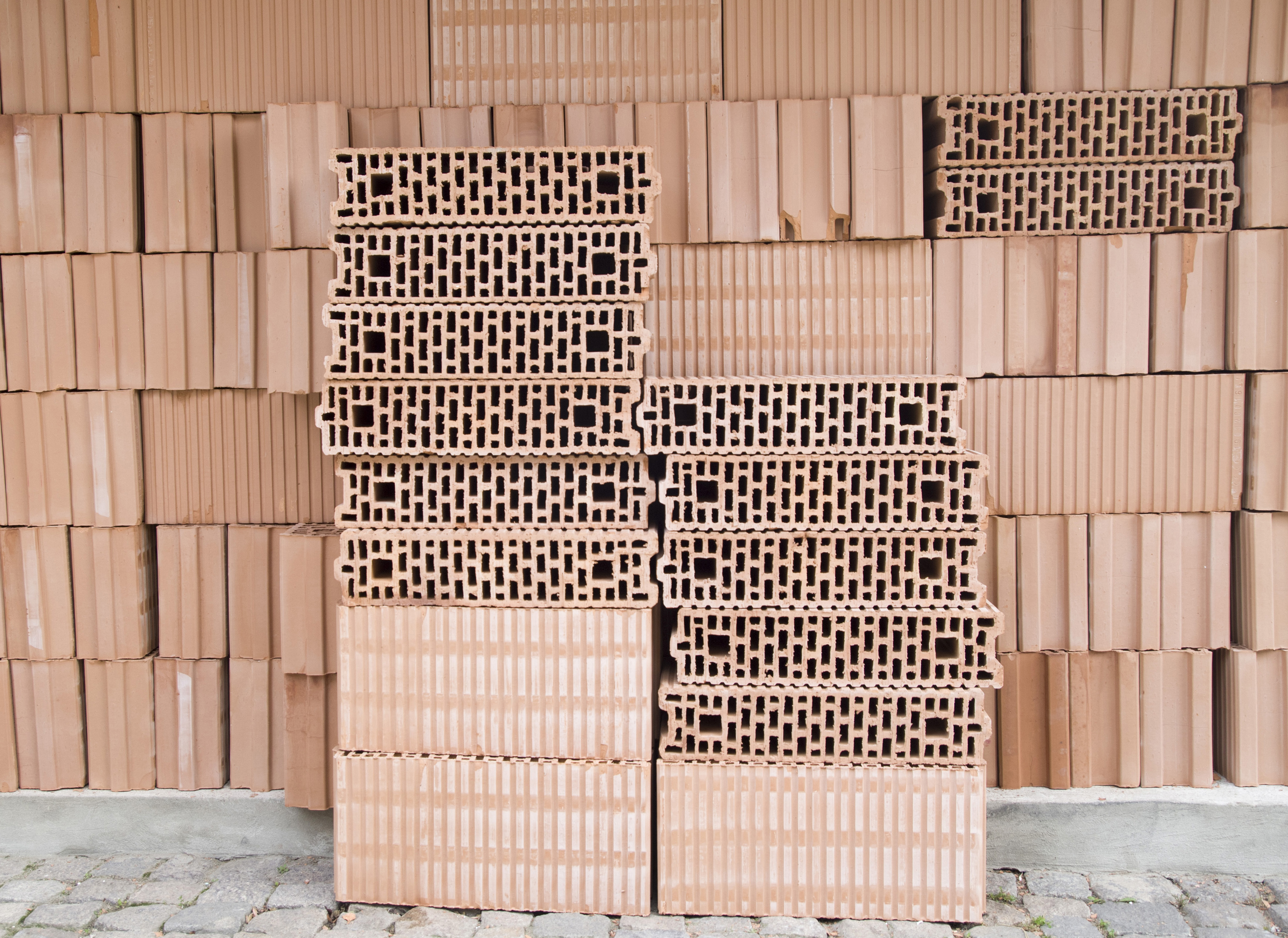To meet long-term sustainability and carbon emissions reductions goals, the building industry is transforming how homes and commercial buildings are built. This insightful essay by Real Estate Monitor Worldwide delves into the who, what and why behind the trend toward renewable building materials.
With an increasing number of government regulations encouraging net-zero carbon future to limit global temperature rise, the construction industry is on a way to design, construct and operate buildings that improve their environmental sustainability along with the internal environment for users.
The construction sector is known to possess the huge untapped potential for improving sustainability in every component of its value chain with digitalization, innovative technologies and new techniques of construction. Construction companies are leveraging advanced technologies such as Building Information Modelling (BIM), smart building technologies and new building materials to attain a greater maturity towards sustainability.
Government regulations encourage adoption of renewable materials
In the mission to transform the construction industry into a sustainable sector, various renewable materials in the construction market have been identified, which hold the potential to replace the existing construction materials. The major objective here is to save energy, water, and various non-renewable resources to reap long term benefits. Construction companies are particular about introducing renewable materials in construction activities to avoid the imposition of any regulations in the future.
To propel such initiatives towards sustainability, recognized organizations such as LEED (Leadership in Energy and Environmental Design) are encouraging the construction companies by awarding green building certification. The growing trend of such recognitions has been increasing the supply of renewable material in construction.
Use of sustainable materials impart brand recognition to companies
Along with growing awareness and restrictions, consumer awareness holds a major significance in promoting renewable materials in construction. Growing consumer awareness regarding the environment is adversely affecting the demand for conventional construction materials. In a way, consumer inclination towards renewable materials is a major factor fueling their use in the construction sector. The fact that sustainable buildings tap into this growing trend of eco-friendliness is making them a marker for brand recognition for companies striving to make a difference in the correlation between construction and environment.
Wood creates profitable avenues in the market
Wood is one of the most sought after renewable resources that can contribute to sustainability in the construction industry. Though deforestation makes it difficult to think of wood as a sustainable material, it gets upper hand over man-made construction materials like concrete and steel that leave a high carbon footprint. Market players in the construction industry are using wood instead of steel or concrete to substantially reduce the environmental impact of construction, as well as its operating costs.
Moreover, the manufactures in the construction sector are embracing advances in building technology to extend the use of wood in a wide range of non-residential, multi-story and long-span buildings. The construction industry has been introducing construction accordingly, to accommodate wood construction methods.
Manufacturers embrace technological advancements to create new materials
With the help of Green concrete technology, construction companies are utilizing waste materials with recycled commodities such as mining wastes, glass wastes, and burnt clay to develop renewable materials for construction. The output is a low-maintenance and long-lasting renewable material for construction called green concrete.
Manufacturers are designing these concretes while keeping in mind the entire construction life cycle, composed of structural design, parameters, production techniques, and maintenance methodologies. This concrete is highly demanded in the market as there are they release no harmful emissions. Also, it ensures a reduction in the emission of CO2 into the environment.
Plastic bricks are the other product of technology that are used as renewable materials in construction activities. This product is unique in its way of spreading eco-friendliness as it gives a viable solution to the ever-increasing challenge in the disposal of plastic. It is an innovative concept where plastic is reused and mixed with cement aggregates to create shapes of bricks.
This has proven to be a spectacular solution for overcoming the long-standing issue of plastic waste. A high ratio of tensile strength and weight of plastic material works in favor of these bricks. Manufacturers are adopting increasingly adopting these bricks as a construction material as they are lighter than conventional bricks. Moreover, they have superb insulation properties for noise and heat, which is way more than normal bricks.
Regenerative plants highly demanded as raw materials
Bamboo has been used as a renewable building material for decades in the construction of buildings. However, its preference has increased recently owing to the scarcity of the wood. Rapid regenerative properties along with low cost make it a favorite for manufacturers in the market. Bamboo roofing sheets exhibit a high tolerance to extreme weathering conditions, making them an apt construction material for the geographical region with extreme climates.
Sugar cane is another naturally grown regenerative raw material used to create Bagasse, renewable materials used in construction. Besides being composted in a short period without causing environmental harm, Bagasse is used as a biofuel for producing energy and heat along with electricity. These multifaceted benefits pile up its demand in the market.
Light-weight materials preferred for construction
A mixture of clay with other naturally occurring products such as rice ash husk and sawdust gives Porotherm bricks, a highly durable renewable material that can be used in construction. Construction companies are seeking these bricks as construction materials for their light-weight. Other attributes such as low water absorption, fire-proof and thermal insulation also enhance their applicability in the construction industry.
Fly Ash bricks, made of waste products that refrain from releasing harmful toxins into the environment are giving new life to renewable construction materials. Manufactures prefer theses bricks over clay ones as this green building material is known to absorb less heat and water, which increases the profitability aspect for the investors. Besides being light-weight, the energy-efficient manufacturing of these bricks is garnering huge popularity for them in the market.
Besides technical developments that are encouraging the sustainability and use of renewable materials in the construction segment, the millennial population is emerging as a major driver for sustainable buildings. The growing population of individuals taking a tough stance to battle climate change, by protesting on the streets and demanding systemic changes are the ones building paths of sustainable future for upcoming generations.
This article was from Real Estate Monitor Worldwide and was legally licensed through the NewsCred publisher network. Please direct all licensing questions to legal@newscred.com.







